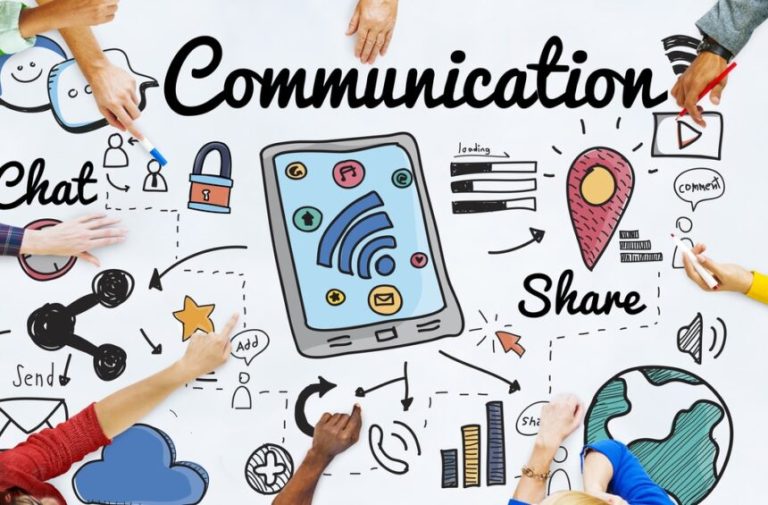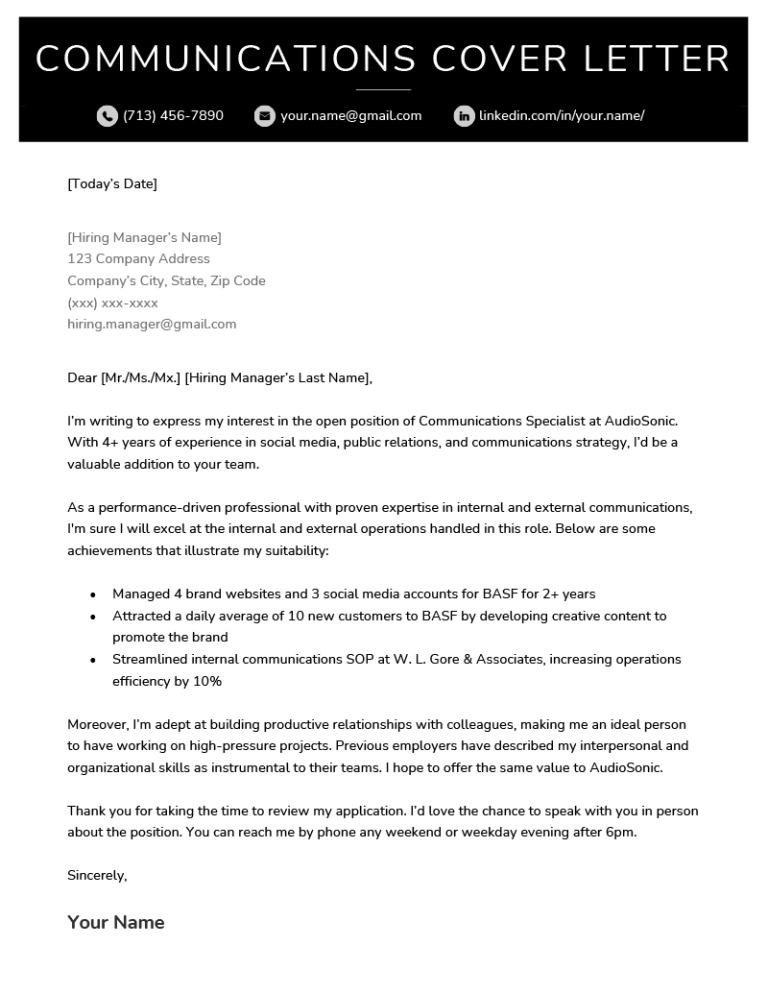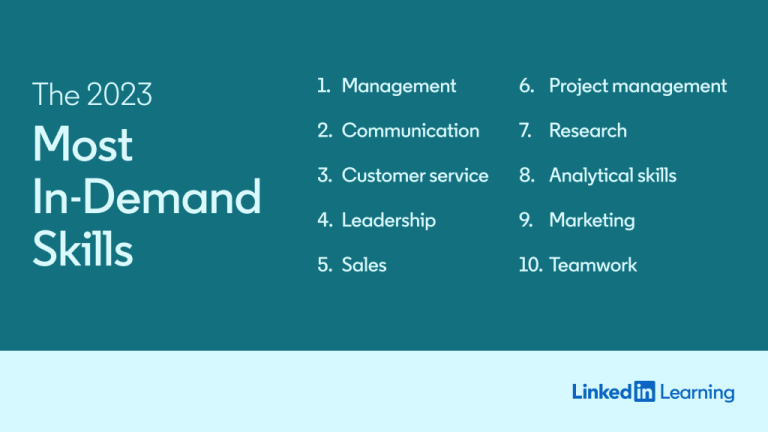How to Communicate Effectively With People
To communicate effectively with people, listen actively and speak clearly. Focus on understanding and expressing thoughts concisely.
Effective communication is essential for building strong relationships. Listening actively shows respect and helps you understand others better. Clear speech ensures your message is received accurately. Non-verbal cues like eye contact and body language also play a crucial role. Practicing empathy allows you to connect on a deeper level.
Avoiding jargon makes your message more accessible. Regularly checking for understanding prevents miscommunications. Effective communication skills are valuable in personal and professional settings. They lead to more meaningful interactions and better outcomes. Prioritizing these skills can significantly enhance your interpersonal connections.
The Importance Of Effective Communication
Effective communication is key to building strong connections. It helps us understand others better. It also allows us to express our thoughts clearly. Good communication can solve problems and reduce misunderstandings.
Building Trust
Trust is the foundation of any relationship. When people communicate well, they trust each other more. Clear and honest communication shows respect. It makes others feel valued and heard.
Trust grows when we keep our promises. It also increases when we listen actively. Good communication helps in keeping misunderstandings at bay.
Enhancing Relationships
Effective communication enhances relationships. It allows people to share their feelings freely. This sharing brings people closer.
Talking openly reduces conflicts. It also helps in solving issues quickly. Good communication leads to stronger bonds.
| Benefits of Effective Communication |
|---|
| Builds trust |
| Enhances relationships |
| Solves problems |
| Reduces misunderstandings |
In summary, effective communication is vital. It builds trust and enhances relationships. It leads to better understanding and stronger connections.
Active Listening
Active listening is a crucial part of effective communication. It involves fully focusing on the speaker, understanding their message, and responding thoughtfully. This skill helps build trust and shows respect.
Focus Techniques
To actively listen, use these focus techniques:
- Maintain eye contact: This shows you are paying attention.
- Nod occasionally: This signals you understand the speaker.
- Eliminate distractions: Put away your phone and other distractions.
- Lean slightly forward: This shows interest in the conversation.
Avoiding Interruptions
Interrupting the speaker can disrupt the flow of conversation. Here are ways to avoid interruptions:
- Wait for pauses: Speak when the speaker pauses naturally.
- Hold your thoughts: Jot down thoughts to avoid interrupting.
- Practice patience: Allow the speaker to finish their point.
- Respect their time: Give them the space to express themselves fully.
Non-verbal Communication
Effective communication isn’t just about words. Non-verbal communication plays a huge role too. Our bodies and faces convey emotions and messages. Understanding this can improve your communication skills greatly.
Body Language
Body language includes gestures, posture, and movements. These can show feelings and attitudes. For instance, crossing arms may show defensiveness. Standing tall with open arms shows confidence.
- Posture: A straight posture shows confidence. Slouching shows disinterest.
- Gestures: Open palms show openness. Pointing can seem aggressive.
- Movements: Slow movements show calmness. Quick movements show nervousness.
| Body Part | Message |
|---|---|
| Arms | Crossed arms may show defensiveness. |
| Hands | Open palms show openness. |
| Feet | Tapping feet may show impatience. |
Facial Expressions
Facial expressions are powerful. They can show emotions without words. A smile can show happiness. A frown can show sadness.
- Eyes: Wide eyes show surprise. Narrowed eyes show suspicion.
- Mouth: A smile shows friendliness. A frown shows disapproval.
- Eyebrows: Raised eyebrows show interest. Furrowed brows show confusion.
Understanding non-verbal cues can make your communication clearer. It helps in expressing emotions and understanding others better.
Clear And Concise Messaging
Effective communication hinges on clear and concise messaging. This ensures your audience understands you easily. Clear messages reduce misunderstandings and foster better relationships. Concise messages save time and keep attention focused.
Avoiding Jargon
Avoiding jargon is key in clear communication. Using simple words makes your message accessible to everyone. Technical terms or industry-specific language can confuse people. Instead of jargon, use plain language that anyone can grasp. For example, say “start” instead of “initiate” or “use” instead of “utilize”.
| Jargon | Simple Term |
|---|---|
| Leverage | Use |
| Optimize | Improve |
| Synergy | Teamwork |
Staying On Topic
Staying on topic helps keep your communication clear. Rambling can confuse your audience and lose their attention. Stick to the main points and avoid unnecessary details. Use bullet points to highlight key ideas:
- Focus on one topic at a time
- Use short sentences
- Avoid irrelevant information
Organize your thoughts before speaking or writing. This ensures you stay on track. Keeping your message concise makes it easier to understand.
Empathy In Communication
Empathy is key to effective communication. It helps you understand others’ feelings. This builds strong connections and trust. Let’s dive into how empathy can change your communication.
Understanding Emotions
Understanding emotions is the first step to empathy. People express feelings through words and actions. Paying close attention helps you pick up on these cues.
Consider these tips:
- Listen actively and avoid interrupting.
- Observe body language and facial expressions.
- Ask questions to clarify feelings.
Recognizing emotions lets you respond appropriately. This shows that you care about their feelings.
Showing Compassion
Showing compassion means responding with kindness. It’s not just about understanding but also about support. Use words that comfort and encourage.
Here are some ways to show compassion:
- Use phrases like “I understand” or “I see how you feel”.
- Offer help or solutions if needed.
- Avoid judging or criticizing their feelings.
Showing compassion makes people feel valued and understood. This strengthens your communication and relationships.
Assertiveness Without Aggression
Communicating effectively means expressing yourself clearly. Assertiveness helps you stand up for yourself. But, it is important to be assertive without being aggressive. Aggression can hurt others’ feelings. Assertiveness shows confidence and respect.
Setting Boundaries
Boundaries tell others what is okay and what is not. Setting boundaries is important for healthy communication. Use simple and clear words. Say what you need and why it is important.
- Start with “I need” or “I feel”
- Explain why the boundary is important
- Stay calm and polite
Here is an example:
| Situation | Assertive Statement |
|---|---|
| Someone interrupts you | “I need to finish my point. Please wait.” |
| Too much noise while working | “I feel distracted by the noise. Can we keep it down?” |
Respecting Others
Respect is key in communication. Respecting others means listening to them. It also means acknowledging their feelings and opinions.
- Listen without interrupting
- Acknowledge their feelings
- Use polite words
Here is how to show respect:
Instead of saying, “You are wrong,” say, “I see it differently.”
Instead of ignoring their point, say, “I understand your view.”
Feedback Techniques
Giving and receiving feedback is key to effective communication. Good feedback strengthens relationships and improves performance. Master these feedback techniques to communicate better.
Constructive Criticism
Constructive criticism helps people grow. To give effective feedback, be specific and focus on behaviors, not personalities. Use the “SBI” model:
| Step | Description |
|---|---|
| Situation | Describe the situation where the behavior occurred. |
| Behavior | Describe the specific behavior you observed. |
| Impact | Explain the impact of the behavior on you or the team. |
Example: “In yesterday’s meeting (Situation), you interrupted several times (Behavior). It made it hard for others to contribute (Impact).”
Receiving Feedback
Receiving feedback can be challenging. Use these tips to handle feedback effectively:
- Listen Carefully: Pay full attention without interrupting.
- Stay Calm: Keep your emotions in check.
- Ask Questions: Seek clarification if needed.
- Thank the Giver: Show appreciation for their input.
- Reflect: Take time to consider the feedback.
Example: If someone says, “Your reports are often late,” respond with, “Thank you for letting me know. Can you give an example?”
Overcoming Communication Barriers
Effective communication is crucial in every aspect of life. Yet, many face communication barriers daily. These barriers can hinder understanding and cause conflicts. Let’s explore how to overcome these barriers.
Cultural Differences
People from different cultures have unique ways of communicating. Cultural differences can lead to misunderstandings. To overcome this, try to learn about the culture of others. Respect their customs and traditions. Avoid making assumptions based on your own cultural norms.
| Cultural Norm | Possible Misunderstanding | How to Overcome |
|---|---|---|
| Eye Contact | Can be seen as rude or aggressive | Understand the cultural context |
| Personal Space | Different comfort levels | Observe and adapt |
| Gestures | May have different meanings | Research common gestures |
Language Obstacles
Language differences can be a significant barrier. Not everyone speaks the same language. This can lead to misunderstandings. To overcome language obstacles, use simple words and short sentences. Avoid jargon and complex language.
- Use visual aids: Pictures and diagrams can help.
- Speak slowly: This ensures clarity.
- Learn basic phrases: Knowing a few words in the other language can help.
By understanding and addressing these barriers, you can improve your communication skills. This will lead to better relationships and more effective interactions.
Frequently Asked Questions
How Can I Improve Active Listening Skills?
Active listening involves fully focusing, understanding, and responding thoughtfully to others. Practice by maintaining eye contact and asking clarifying questions.
What Are The Benefits Of Effective Communication?
Effective communication builds trust, resolves conflicts, and enhances relationships. It ensures clarity and prevents misunderstandings.
How Does Body Language Impact Communication?
Body language can convey emotions and reinforce verbal messages. Positive body language encourages open and honest interactions.
Conclusion
Mastering effective communication enhances both personal and professional relationships. Practice active listening and clarity in your conversations. Be empathetic and open to feedback. Remember, good communication builds trust and understanding. Implement these strategies to improve your interactions and see positive results.
Keep refining your skills for continuous improvement in communication.


